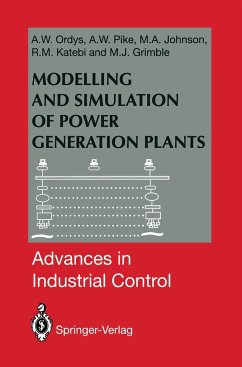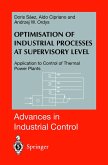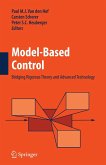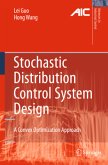Many large-scale processes like refineries or power generation plant are constructed using the multi-vendor system and a main co-ordinating engineering contractor. With such a methodology. the key process units are installed complete with local proprietary control systems in place. Re-assessing the so called lower level control loop design or structure is becoming less feasible or desirable. Consequently, future comp~titive gains in large-scale industrial systems will arise from the closer and optimised global integration of the process sub-units. This is one of the inherent commercial themes which motivated the research reported in this monograph. To access the efficiency and feasibility of different large-scale system designs, the traditional tool has been the global steady-state analysis and energy balance. The process industries have many such tools encapsu lated as proprietary design software. However, to obtain a vital and critical insight into global process operation a dynamic model and simulation is necessary. Over the last decade, the whole state of the art in system simulation has irrevocably changed. The Graphical User Interface (G UI) and icon based simulation approach is now standard with hardware platforms becoming more and more powerful. This immediately opens the way to some new and advanced large-scale dynamic simulation developments. For example, click-together blocks from standard or specialised libraries of process units are perfectly feasible now.








